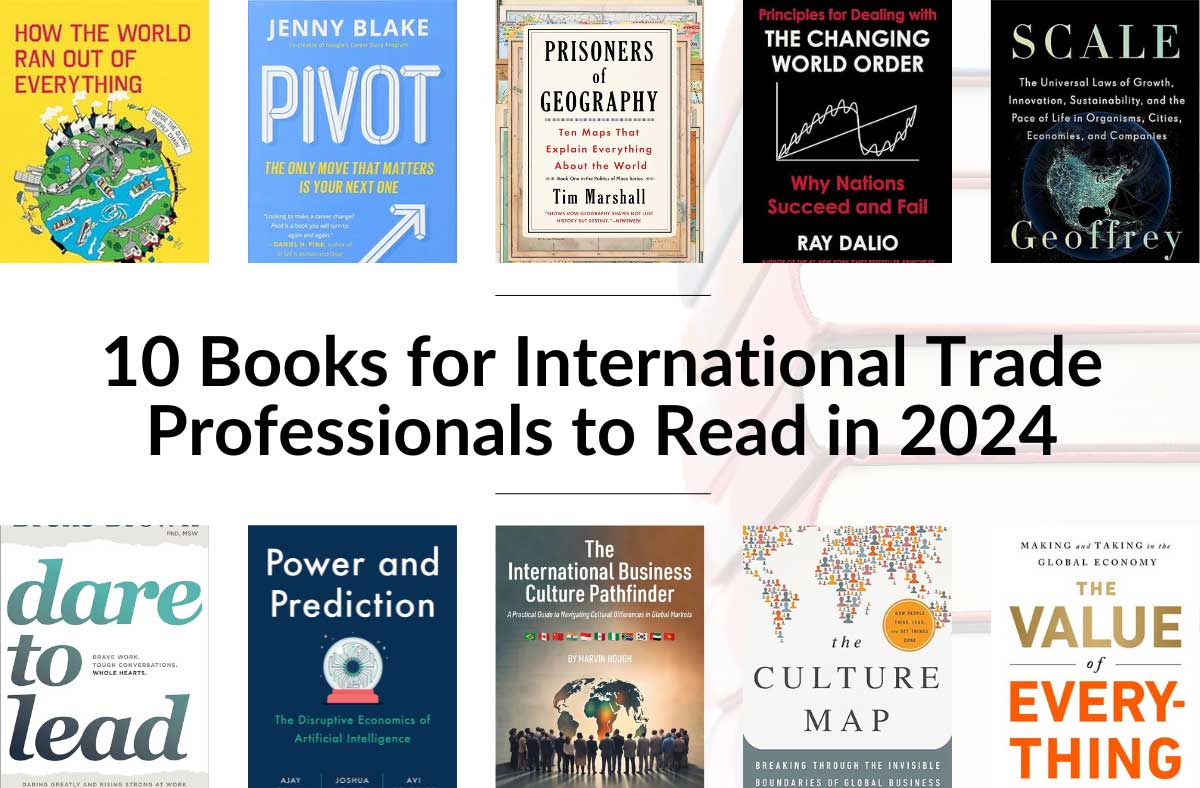With so many options for market entry, it can be difficult for organizations to decide which strategy will be the most successful at meeting their objectives. Different markets and industries require different approaches.
To select the best strategy, organizations must consider the markets they have selected, the products or services they wish to sell and their overall aims for international trade. The range of elements to consider might seem daunting, but without a full analysis of the situation for each potential market, an organization might select an inappropriate strategy.
Two of the most popular strategies are direct and indirect exporting. Which one, if either, would make the most sense for your business?
Want to learn more about how to select the most advantageous market entry strategy for your international venture? FITTskills Planning for International Market Entry online workshop. 
What is direct exporting?
Direct exporting involves an organization selling goods directly to a customer in an international market.
Organizations can sell to a wide range of customers, some of whom act as intermediaries in the target market. Even if an intermediary is involved, the export is still direct because the intermediary is a customer based in the target market.
Some of the most important customers for direct-exporting organizations include importers, wholesalers, distributors, retailers, government procurement departments and consumers themselves.
Advantages and disadvantages
Direct exporting as a market entry strategy has its advantages. The organization:
- Controls all its manufacturing processes, which are based in its facilities, thus avoiding the risks associated with production overseas (e.g. poor production standards, use of child labour) and the risks associated with political instability in a foreign market
- Can withdraw from the market relatively cheaply and easily, if needed
- Can obtain in-depth information about trade in the target market, enabling it to make future decisions about whether to invest in facilities in the market
However, direct exporting can be difficult, especially for organizations new to international trade. Organizations should consider the following disadvantages:
- The need to invest significantly in researching market information and preparing marketing strategies
- A lack of exporting skills and experience leading to expensive errors.
- The difficulties breaking into target markets in trade blocs
- The difficulties the exporting organization will have when the domestic currency is very strong against the target market’s currency
The inability to rely on intermediaries, who will be representing other organizations and may not operate in the best interests of the exporting organization
When is direct exporting a suitable strategy?
Direct exporting is a simple entry strategy, potentially suitable for organizations wanting to expand their market share or maximize profits. An organization of any size can start direct exporting activities. Although not all will have the necessary resources in terms of skills, knowledge and finances. Direct exporters must make the export sale, arrange for shipping and insurance, organize permits and licences, prepare all the paperwork and process the letter of credit that provides for payment. These tasks are time consuming and require skill to perform correctly—mistakes can result in serious business losses. To appropriately promote and price goods and services, considerable time must be spend researching the market.
Direct exporting can be very successful if the selected market is readily accessible and has similar regulations and customs to the organization’s country. If the target market has different regulations, legal systems, cultures or ways of conducting business, and the organization is inexperienced in international trade, direct exporting might be very difficult and risky. In these situations, organizations should consider another strategy.
Depending on the market selected, the distance goods must be transported and the means of transportation, direct exporting can make goods too expensive for customers to purchase. These factors might also seriously impact profits made in the market.
With direct exporting, organizations must be comfortable with a substantial element of risk.
A direct exporter of products must assume responsibility for all losses during shipping and storage overseas. Substantial amounts must be invested in marketing and sales activities, and there is a risk that these expenses will not be recouped if the venture is not successful. Political and economic instability in the market will also present the risk of business losses.
Direct exporting does provide the exporter with a lot of control over how the product is positioned and sold. It also presents an opportunity for high profits when markets are chosen carefully. If an organization is interested in long-term growth in an international market, direct exporting can be a suitable entry strategy because it enables the organization to gain knowledge of the market and develop distribution channels.
What is indirect exporting?
Indirect exporting involves an organization selling to an intermediary in its own country. This intermediary then sells the goods to the international market and takes on the responsibilities. These responsibilities include organizing paperwork and permits, organizing shipping and arranging marketing.
An indirect exporter can sell to the following intermediary customers: export houses (trading houses or export merchants, confirming houses, and foreign organizations based in the organization’s country (buying offices).
Advantages and disadvantages
Indirect exporting is the cheapest entry strategy available to an organization. It is flexible, and exporting activities can cease immediately if required. Its greatest advantage is that the intermediary organizations handle all the exporting activities. No exporting experience or skills are required; and the intermediary organization takes on all the risks associated with shipping and organizing payment from the international market.
The main disadvantage is that the control of activities overseas transfers to the intermediary organization. Organizations interested in expanding into a target market will not gain valuable knowledge about how that market functions. It is also impossible for organizations to establish after-sales service or value-added activities. This can have an adverse effect on their reputation in a foreign country.
When is indirect exporting a suitable strategy?
This market entry strategy should be considered by organizations that want to enhance cash flow or increase profits. However, it will not be useful for those that want to develop long-term market share. It is also not suitable for organizations with a service to sell rather than a product.
Organizations of any size can engage in indirect exporting, but it’s a strategy often chosen by smaller and newer organizations.
This is because once the intermediary business to sell to has been identified, the organization does not have to worry about additional planning, marketing or expenses. It is also a very useful strategy for organizations that cannot deal with considerable risk. With indirect exporting, the buyer assumes all risk associated with exporting and selling the product.
Organizations that choose an indirect exporting strategy must be able to make product adjustments as dictated by the businesses purchasing them. Buyers will also specify delivery times, levels of quality and packaging requirements. If an organization cannot meet these requirements, it can lose the deal with the buyer.
Because the buyer takes responsibility for exporting and selling the goods, the organization has no control. The buyer decides the market products are sold to, how they are sold and marketed, and the price obtained for them. If organizations must control the export or marketing of products to maintain their reputation, this market entry strategy is unsuitable. Organizations interested in modifying their products to meet demand in other markets will find indirect exporting unsuitable. This is because they will be unable to develop direct contact with the end user.









disqus comments